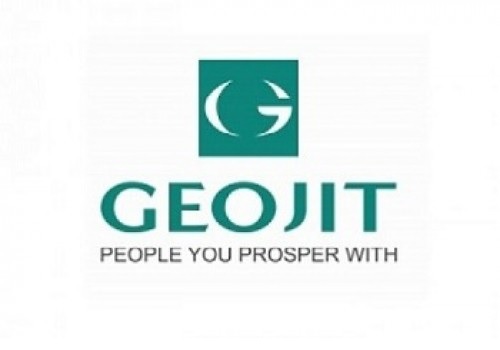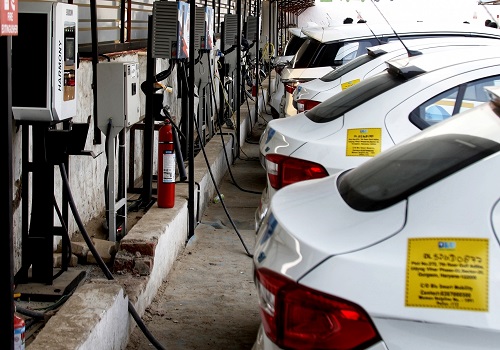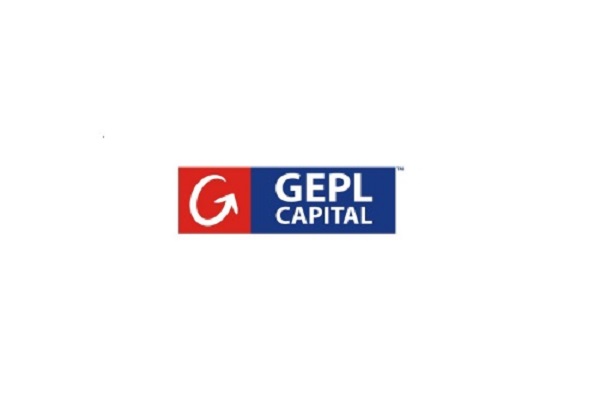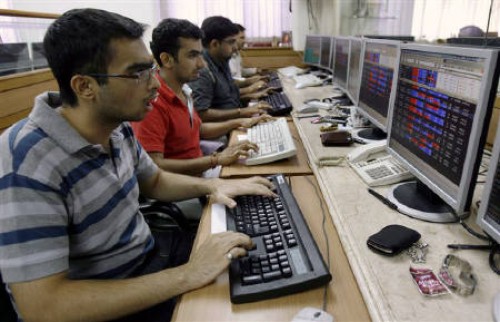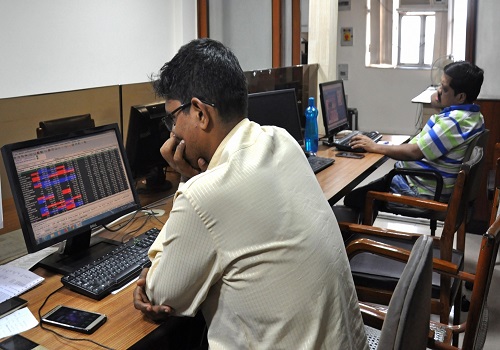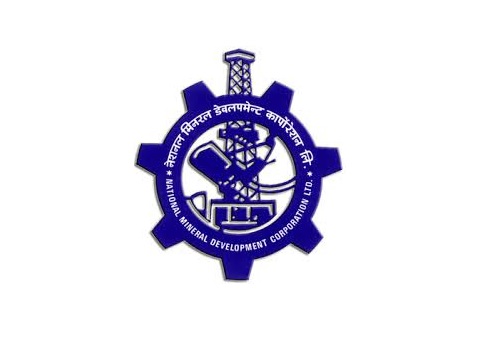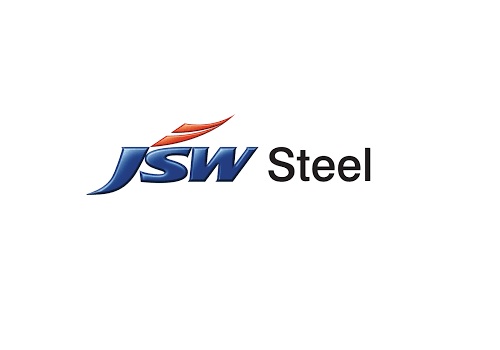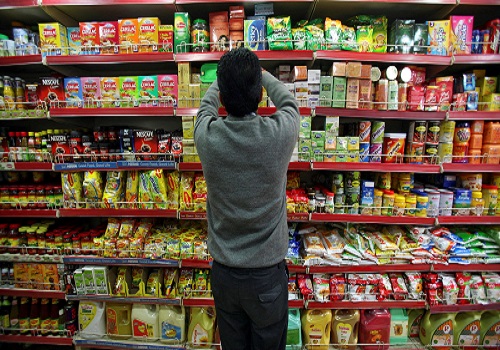Metals & Mining Sector Report : Working capital cycle stable in FY25 By Emkay Global Financial Services Ltd
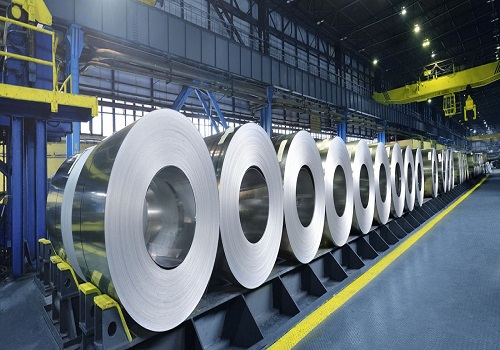
In our monthly edition for May and with FY25 reporting drawing to a close, we evaluate the working capital cycle over time, for the sector. Working capital is often overlooked amid the volatility in commodity prices, though this is one function under management control and reflects a company’s efficiency in the way it is managed. In addition, working capital build-up/unwinding directly affects free cash flow generation. Non-ferrous companies structurally run a more efficient working capital cycle of 33 days as against their ferrous counterparts that see a 40-day cycle. The key difference lies in inventory management, where non-ferrous players keep 58 days of inventory while ferrous companies have a 77-day inventory. Inventory has been a key moving component in FY25.
Evolution of working capital
Working capital is often overlooked amid volatility in commodity prices, though it is one activity that is under management control and reflects a company’s efficiency in the manner it is managed. Also, working capital build-up/unwinding directly affects free cash flow generation. Non-ferrous players structurally run a more efficient working capital cycle of 33 days (10Y average: 25 days) compared with their ferrous counterparts that have a 40-day cycle (10Y average: 46 days). The key difference stems from inventory management – non-ferrous companies keep 58 days of inventory, while ferrous players have 77 days of inventory. The receivables cycle is less than 30 days for both the brackets, while companies run a high payables cycle of 60-90 days.
Working capital cycle stable in FY25
While the working capital has been largely flat in FY25 vs FY24, we note key changes in its components. Absolute inventories have gone up for non-ferrous companies to Rs652bn in FY25 from Rs556bn in FY24. Interestingly, inventories tend to be pro-cyclical to commodity prices, in the sense that when prices go up inventories tend to be repriced higher, and when prices decline inventories are marked down. This was clearly the case with aluminium in the fiscal year gone by, with average price of USD2,525/t in FY25 vs USD2,206/t in FY24. Likewise, aggregate inventories have declined for steel companies to Rs1,142bn in FY25 from Rs1,267bn in FY24, with prices declining 11%. In essence, during periods of rising prices, profitability rises while free cash generation lags owing to working capital build-up. In contrast, free cash generation becomes relatively resilient when prices decline, as reduced profitability coincides with the working capital unwind.
Company level WC position
At the company level, VEDL in non-ferrous and JSP in ferrous run the most efficient working capital (WC) cycle among peers. We see room to cut the inventory cycle for other companies which typically runs into 75-120 days.
For More Emkay Global Financial Services Ltd Disclaimer http://www.emkayglobal.com/Uploads/disclaimer.pdf & SEBI Registration number is INH000000354
